Role Film actress Name Mary Nolan | Years active 1919–1937 Nationality American Siblings Mabel Robertson | |
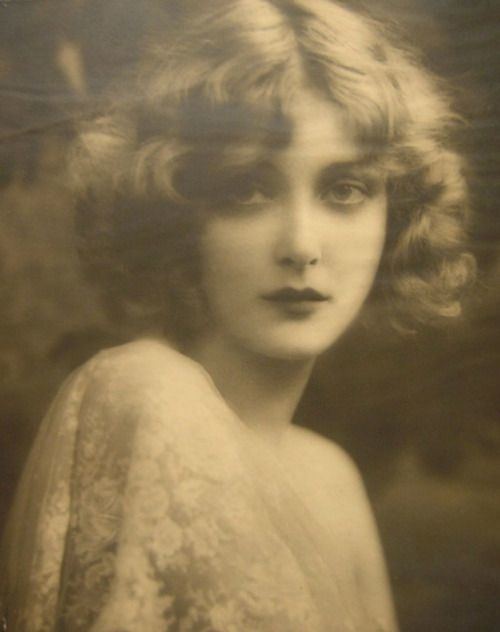 | ||
Full Name Mary Imogene Robertson Other names Imogene RobertsonImogen RobertsonMary RobertsonImogene Wilson Spouse William T. Macrery (m. 1931–1932) Parents Africanus Robertson, Viola Robertson Movies Similar People | ||
Died October 31, 1948 (aged 45) Los Angeles, California, U.S. Height 1.65 m Zodiac Sign Sagittarius | ||
Mary Nolan Tribute
Mary Nolan (December 18, 1902 – October 31, 1948) was an American stage and film actress, singer and dancer. She began her career as a Ziegfeld girl in the 1920s performing under the stage name Imogene "Bubbles" Wilson. She was fired from the Ziegfeld Follies in 1924 for her involvement in a tumultuous and highly publicized affair with comedian Frank Tinney. She left the United States shortly thereafter and began making films in Germany. She appeared in seventeen German films from 1925 to 1927 using a new stage name, "Imogene Robertson".
Contents
- Mary Nolan Tribute
- Movie Legends Mary Nolan
- Early life
- Stage career
- German films
- Hollywood years and decline
- Personal life
- Legal issues
- Later years
- Death
- Filmography
- References
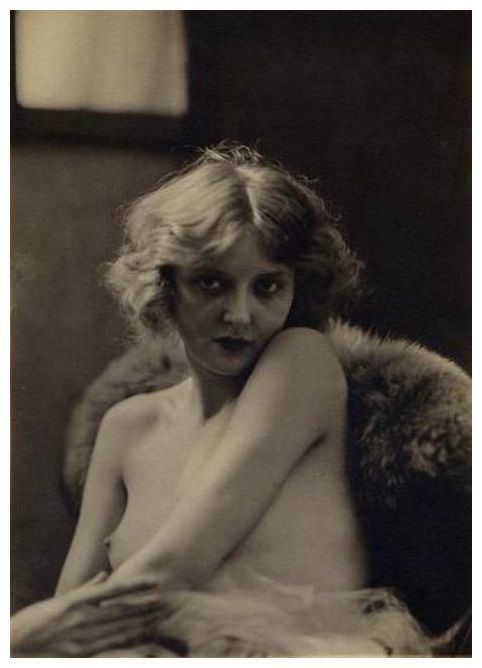
Upon returning to the United States in 1927, she attempted to break from her previous scandal ridden past and adopted yet another stage name, "Mary Nolan". She was signed to Universal Pictures in 1928 where she found some success in films. By the 1930s, her acting career began to decline due to her drug abuse and reputation for being temperamental. After being bought out of contract with Universal, she was unable to secure film work with any major studios. Nolan spent the remainder of her acting career appearing in roles in low-budget films for independent studios. She made her final film appearance in 1933.

After her film career ended, Nolan appeared in vaudeville and performed in nightclubs and roadhouses around the United States. Her later years were plagued by drug problems and frequent hospitalizations. She returned to Hollywood in 1939 and spent her remaining years living in obscurity before dying of a barbiturate overdose in 1948.
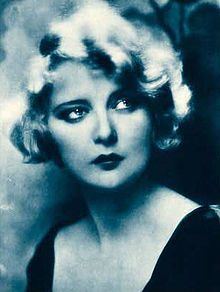
Movie Legends - Mary Nolan
Early life

Nolan was born Mary Imogene Robertson in Louisville, Kentucky, in 1902 (some sources state 1905). She was one of five children born to Africanus and Viola Robertson. Her mother died of cancer at the age of 46. Unable to care for five young children, Africanus Robertson placed Mary in a foster home. She eventually went to live in Catholic orphanage in Missouri where she was nicknamed "Bubbles".

In June 1912, she left the orphanage and traveled to New York City to be near her oldest sister, Mabel. She was later discovered by magazine illustrator Arthur William Brown and began working as an artists' model.
Stage career
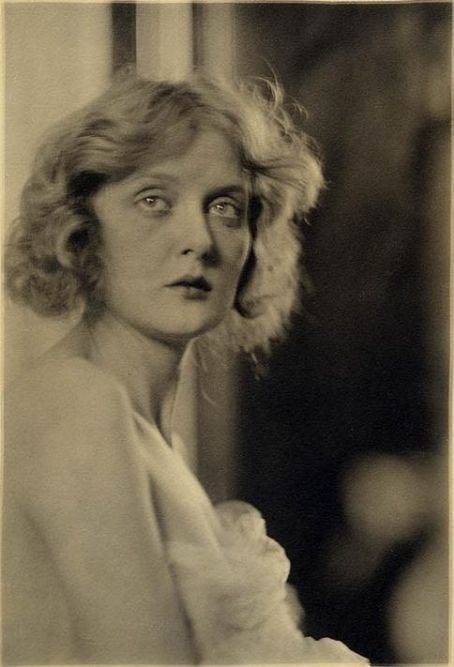
While working as a model, Nolan was discovered by Florenz Ziegfeld who hired her as a dancer in his Ziegfeld Follies. As a showgirl in New York, she performed under the name "Imogene "Bubbles" Wilson" (the first of four stage names she used during her career). She soon became one of the most popular Ziegfeld Girls. Nolan's impact was so profound that columnist Mark Hellinger said of her in 1922, "Only two people in America would bring every reporter in New York to the docks to see them off. One is the President. The other is Imogene "Bubbles" Wilson."

While working in the Follies, Nolan began a tumultuous and highly publicized affair with blackface comedian and actor Frank Tinney. Tinney, was married to former singer and dancer Edna Davenport, with whom he had a young son; Tinney drank heavily and reportedly physically abused Nolan regularly. On May 24, 1924, Tinney and Nolan got into a physical altercation in her apartment after he awoke to find her alone with a male reporter. After the altercation, Nolan attempted suicide. On May 28, she appeared before New York City Magistrate Thomas McAndrews to report the assault and to press charges against Tinney. Nolan maintained that Tinney beat her and "chastised" her maid, Carrie Sneed. Nolan had bruises on her head and body, while Sneed, who came along with her as a witness, was also injured. Tinney was arrested at his Long Island home the following day. In June 1924, the case went before a grand jury. Based on the evidence, the jury refused to indict Tinney on assault charges. Afterwards, Tinney claimed the whole ordeal was a publicity stunt concocted by Nolan.

After the grand jury hearing, Tinney decided to leave New York to perform in vaudeville in England. In early August 1924, he booked a trip on the Columbus ocean liner. Two days before Tinney was set to leave, he and Nolan reconciled and were photographed together outside of a Broadway theatre. Tinney smashed the camera of the photographer who took their photo and was later sued for assault. In order to avoid reporters, Tinney decided to board the Columbus the day before his scheduled departure. While waiting to board the ship on August 5, Tinney was served with papers informing him that his wife Edna Davenport had filed for legal separation. At 8 a.m. the following morning, Nolan showed up to bid Tinney farewell. The two stayed in Tinney's cabin to avoid reporters. Nolan had to be physically escorted off the ship after ignoring the departure whistle. Nolan wept as she watched the Columbus depart and told reporters on hand that she was still in love with Tinney. She stated that Tinney was "the only thing in my life. I know it. You know it. So why should I beat around the bush?" Nolan's tearful goodbye to Tinney was covered by the media, which prompted Florenz Ziegfeld to fire Nolan later that day. Ziegfeld said that he fired Nolan because she had promised to end her relationship with Tinney. He added, "She broke her promise and I discharged her on account of the notoriety and also to prevent a possible disruption of the morale of my cast."
On September 20, 1924, Nolan set sail for France where she was scheduled to appear in vaudeville. She made her way to London in October, where she reunited with Frank Tinney. By December 1924, Tinney had resumed drinking and began to physically abuse her again. In early 1925, Nolan finally ended their relationship. She then traveled to Germany, where she worked in films for the next two years.
German films
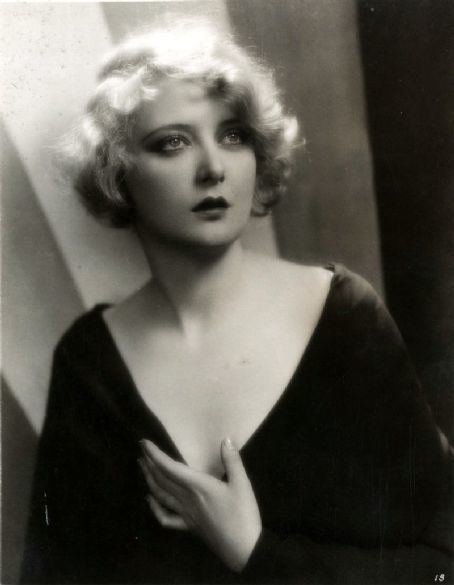
While in Germany, Nolan performed under the name "Imogene Robertson". Her first German film was Verborgene Gluten, released in 1925. Later that year, she appeared in Die Feuertänzerin for Universum Film AG. She received good reviews for her work in the film which prompted UFA to offer her a contract for $1500 a week. Nolan worked steadily in Germany from 1925 to 1927, and continued to receive favorable reviews for her acting. While in Germany, she received offers from Hollywood producers to appear in American films but turned them down. She finally relented after Joseph M. Schenck offered her a contract with United Artists. She returned to the United States in January 1927.
Hollywood years and decline
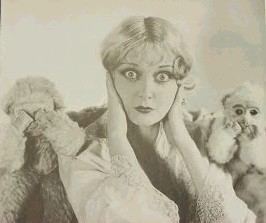
Nolan's return to the United States was covered by the press who were still interested in the scandalous "Bubbles" Wilson. Several women's groups protested her making films in the States while Will H. Hays also expressed doubts about her embarking on a career in Hollywood. To solve the problem of audiences connecting her with her scandalous past, United Artists suggested she change her name to "Mary Nolan". She made two films while under contract with United Artists; she appeared in an uncredited bit part in Topsy and Eva (1927), and a supporting role in Sorrell and Son (1927).
In August 1927, she left United Artists and signed with Universal Pictures. Her first film for the company was Good Morning, Judge, starring Reginald Denny for which she received good reviews. In 1928, she was loaned out to Metro-Goldwyn-Mayer for West of Zanzibar. The film stars Lon Chaney and Lionel Barrymore, with Nolan cast as Chaney's defiled daughter Maizie. The film was a hit and Nolan received favorable reviews for her work in the film. The following year, she was loaned to M-G-M again for the romantic drama Desert Nights, and cast opposite John Gilbert. The film was another financial success for M-G-M and served to boost Nolan's career.
Shortly after signing with Universal in 1927, Nolan began a relationship with another married man, studio executive Eddie Mannix. Mannix used his clout to further Nolan's career and was responsible for her loan outs to M-G-M. Shortly after Desert Nights was released in 1929, Mannix abruptly ended the relationship. This angered Nolan, who threatened to tell Mannix's wife Bernice of their affair. Mannix became enraged and beat her unconscious. Nolan was hospitalized for six months and required fifteen surgeries to repair damage Mannix inflicted on her abdomen. While hospitalized, Nolan was prescribed morphine for pain. She eventually became addicted which contributed to the decline of her career.
Nolan's career and reputation took another hit when, in 1930, she was fired from the film What Men Want. Nolan got into an argument with the film's director, Ernst Laemmle, after she learned she was the only cast member who hadn't received a close up shot. Laemmle banned Nolan from the set and she was subsequently fired. After threatening to file a lawsuit against Universal, the studio bought her out of her contract in January 1931. Due to her reputation for alleged drug use and temperamental behavior, Nolan could not find work with any major studio. For the remainder of her career, she appeared in supporting roles in low-budget films for Poverty Row studios. She made her final appearance in the 1933 mystery film File 113, for Allied Pictures Corporation.
Personal life
Nolan was married once and had no children. She married stock broker Wallace T. McCreary on March 29, 1931. One week before they married, McCreary lost $3 million on bad investments. The couple used McCreary's remaining money to open a dress shop in Beverly Hills. The shop went out of business within months and Nolan filed for bankruptcy in August 1931. Nolan divorced McCreary in July 1932.
Legal issues
Over the course of her career, Nolan had several run-ins with police. In February 1931, she was charged with petty theft after L.H. Hillyer, a man from whom Nolan had rented a house, accused her of stealing a $200 rug from the home. The rug later turned up at the home of a doctor who claimed Nolan had given it to him in exchange for payment for medical care. In December 1931, Nolan and her then husband William T. McCreary were arrested after thirteen employees of their dress shop filed charges against them for failing to pay them wages. In March 1932, Nolan and McCreary were convicted of violating seventeen labor laws and sentenced to thirty days in jail.
Later years
In July 1935, Nolan made news again when she filed a lawsuit against her former lover, M-G-M studio executive and producer Eddie Mannix. In her suit, Nolan claimed the two had lived together at the Ambassador Hotel from 1927 to 1931 (Mannix was married at the time), and that Mannix frequently beat her and used his considerable influence to ruin her career. Nolan further claimed that one such physical attack by Mannix required hospitalization where she underwent twenty surgeries. She asked for $500,000 in damages. Eddie Mannix and Howard Strickling, the head of publicity at M-G-M, publicly denied Nolan's claims stating that the suit was a publicity stunt to bolster Nolan's flagging career. Nolan's friends supported her claims however, stating that while the two were together, Nolan underwent three abortions, paid for by Mannix, and that she appeared on set with black eyes and bruises due to Mannix's physical abuse. According to Mannix's biographer E.J. Fleming, Mannix was incensed by the negative publicity the suit brought him and set out to discredit Nolan and further ruin her reputation. Strickling and M-G-M's publicity department leaked negative stories about Nolan's sexual activities and abortions to the press. Fleming said that Nolan later dropped the suit and left Los Angeles after Mannix sent a private detective to Nolan's home who told her that if she didn't drop the suit, she would be arrested for possessing morphine (the drug she was prescribed during her hospital stays to which she eventually became addicted).
After leaving Los Angeles, Nolan earned a living by appearing on the vaudeville circuit. She also sang in nightclubs and roadhouses throughout the United States. In March 1937, she was jailed in New York City for failing to pay a four-year-old dress bill to The Wilma Gowns, Inc. for $405.87. At the time of her arrest, she was staying at a "cheap rooming house not far from Times Square." While in jail, she was transferred to the psychiatric ward at Bellevue Hospital. Upon her release, Nolan told reporters that she was sent to Bellevue because the shock of her arrest caused her "severe nervous strain" which required hospitalization.
After her release from Bellevue, she returned to performing in nightclubs. In July 1937, the Actors Fund of America sent her to the Brunswick Home in Amityville, New York for psychiatric treatment. She was transferred from the Brunswick Home in October 1937 after overdosing on sedatives. She remained hospitalized for a year. Upon her release in 1939, she returned to Hollywood and changed her name to "Mary Wilson". She moved to a bungalow court which she later managed to earn money. In 1941, she sold her life story to The American Weekly, which was serialized under the title "Confessions of a Follies Girl", and appeared in several issues. In Spring 1948, she was hospitalized for malnutrition and was also treated for a gall bladder disorder. Shortly before her death, she began working on her memoirs, titled Yesterday's Girl, with the help of writer John Preston.
Death
On October 31, 1948, Nolan was found dead in her Hollywood apartment at the age of 45. An autopsy later determined that Nolan had died of an overdose of Seconal. Her death is listed as "accidental or suicide". Her funeral was held on November 4 at the Utter-McKinley & Strother Hollywood chapel in Hollywood. Nolan was buried at Hollywood Forever Cemetery.
Among Nolan's few possessions was an antique piano once owned by Rudolph Valentino. It was later sold in an estate sale.
